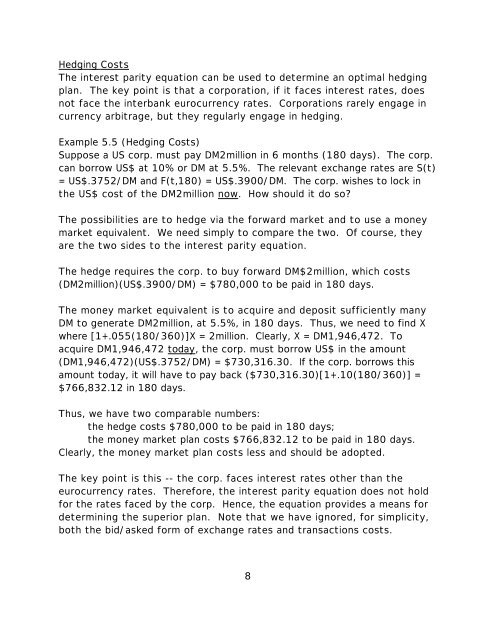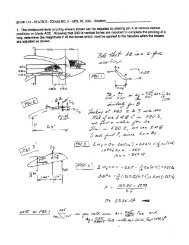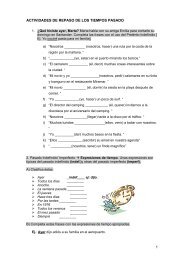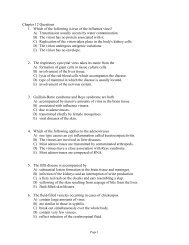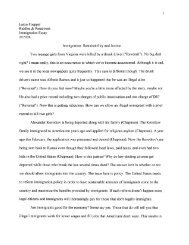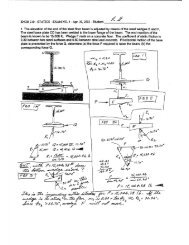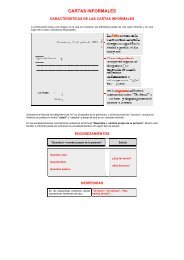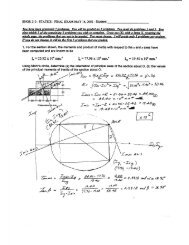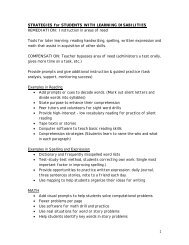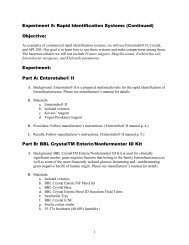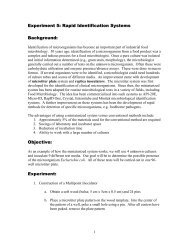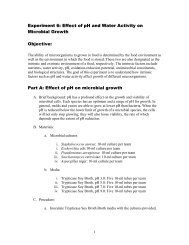B481/S98/NOTES/Grabbe-5 FORWARDS, SWAPS, AND INTEREST ...
B481/S98/NOTES/Grabbe-5 FORWARDS, SWAPS, AND INTEREST ...
B481/S98/NOTES/Grabbe-5 FORWARDS, SWAPS, AND INTEREST ...
Create successful ePaper yourself
Turn your PDF publications into a flip-book with our unique Google optimized e-Paper software.
Hedging Costs<br />
The interest parity equation can be used to determine an optimal hedging<br />
plan. The key point is that a corporation, if it faces interest rates, does<br />
not face the interbank eurocurrency rates. Corporations rarely engage in<br />
currency arbitrage, but they regularly engage in hedging.<br />
Example 5.5 (Hedging Costs)<br />
Suppose a US corp. must pay DM2million in 6 months (180 days). The corp.<br />
can borrow US$ at 10% or DM at 5.5%. The relevant exchange rates are S(t)<br />
= US$.3752/DM and F(t,180) = US$.3900/DM. The corp. wishes to lock in<br />
the US$ cost of the DM2million now. How should it do so<br />
The possibilities are to hedge via the forward market and to use a money<br />
market equivalent. We need simply to compare the two. Of course, they<br />
are the two sides to the interest parity equation.<br />
The hedge requires the corp. to buy forward DM$2million, which costs<br />
(DM2million)(US$.3900/DM) = $780,000 to be paid in 180 days.<br />
The money market equivalent is to acquire and deposit sufficiently many<br />
DM to generate DM2million, at 5.5%, in 180 days. Thus, we need to find X<br />
where [1+.055(180/360)]X = 2million. Clearly, X = DM1,946,472. To<br />
acquire DM1,946,472 today, the corp. must borrow US$ in the amount<br />
(DM1,946,472)(US$.3752/DM) = $730,316.30. If the corp. borrows this<br />
amount today, it will have to pay back ($730,316.30)[1+.10(180/360)] =<br />
$766,832.12 in 180 days.<br />
Thus, we have two comparable numbers:<br />
the hedge costs $780,000 to be paid in 180 days;<br />
the money market plan costs $766,832.12 to be paid in 180 days.<br />
Clearly, the money market plan costs less and should be adopted.<br />
The key point is this -- the corp. faces interest rates other than the<br />
eurocurrency rates. Therefore, the interest parity equation does not hold<br />
for the rates faced by the corp. Hence, the equation provides a means for<br />
determining the superior plan. Note that we have ignored, for simplicity,<br />
both the bid/asked form of exchange rates and transactions costs.<br />
8


